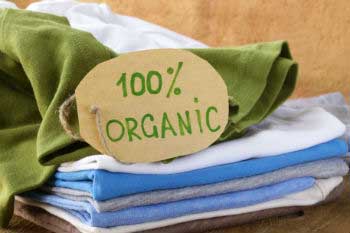Carbon footprint: Natural vs plastic Christmas tree
Which is more sustainable? Discover the carbon footprint of each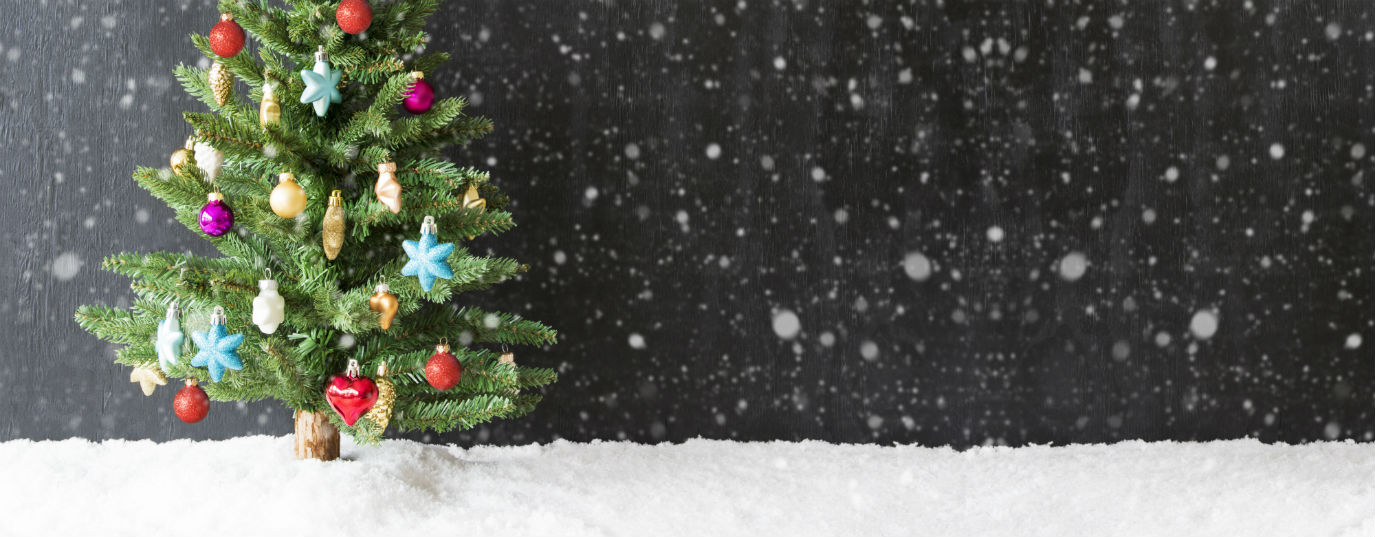
Christmas is coming along and with it comes the doubt whether it is more sustainable to have a natural tree or buy a plastic one. How is each one's carbon footprint?
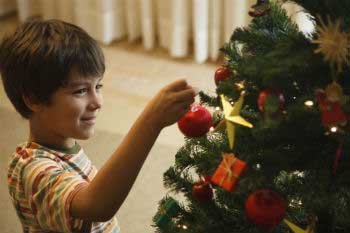
Carbon footprint is the amount of emissions and greenhouse gases produced by human beings when making a product or doing their daily activities; it´s our treading footprint on the planet. It is expressed in tonnes of emitted CO2.
According to the British Carbon Trust, a natural tree that ends up as splinters for woodwork or is burnt as firewood has a 3.5 kg CO2 carbon footprint. If the tree ends up decomposing in a waste dump, its footprint significantly increases to 16 kg.
The carbon footprint of an artificial tree is quite bigger, reaching 40 kg of CO2, so it will always be more sustainable to reutilise it for at least 12 years, compared to a natural one which ends up as splinters.
Advantages of natural Christmas trees compared to the plastic ones:
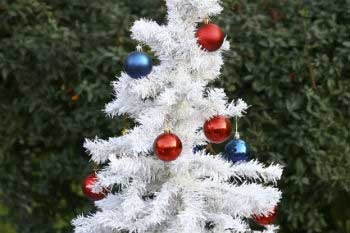
- Plastic trees usually come from faraway countries –like China –which raises the carbon footprint generated by their transport. The natural ones come from nearby nurseries, which reduces this footprint.
- Meanwhile, natural trees have been reared, have worked while absorbing CO2 and they continue doing so at home.
- Once we have got rid of both kinds of Christmas trees, the natural ones are biodegradable and can be used for compost or biomass, generating very little CO2. The plastic ones generate much more CO2 in their recycling process as they contain oil by-products, and without a proper recycling they would take hundreds of years to degrade.
But what points should we consider if we choose a natural Christmas tree?
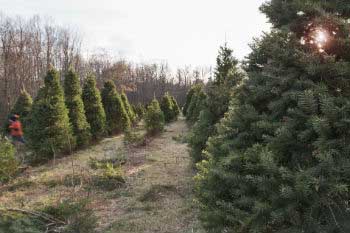
- We must be sure that they come from nurseries that sell them and refuse those which have been uncontrollably cut off from nature (in unspoilt forests). Many nurseries have these kinds of trees especially designed for these holidays.
- It is better to get a reared flower-potted natural tree as some can survive, and they can be transplanted after its collection. The number of those which survive does not reach 10% but these must be made a good use of.
- We must know about its collection service. Most of the nurseries have one but this aspect is important as we make sure that they will end up being recycled or transplanted. If recycled, they usually end up as splinters for biomass or as compost.
There are 3 forms of natural Christmas trees:
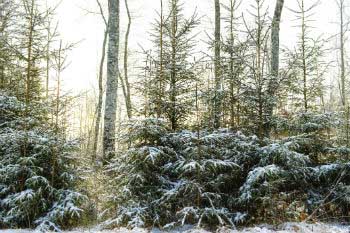
- Cut off from the soil without roots: These are the “use-and-throw" ones; they are generally shredded and recycled as fertilisers.
- Cut off together with a root ball: If it has been plucked with a rather large amount of soil attached to its roots, it might survive.
- Grown inside a flowerpot: It has greater chances of survival, but we must be careful with the heating; high temperatures make them die soon.
Having all this information, we conclude that, as long as they do not come from logging in unspoilt forests, it is a better choice to get a real tree. It can then be collected and recycled, or transplanted if it is still alive.
If we choose a plastic one, we will have to lengthen its lifespan for longer than 12 years so that it makes up for all those tonnes of CO2 emitted, and of course, we will have to make sure that it is properly recycled.
Sources: Carbon Trust, Infojardín and Ingenieros de montes.



